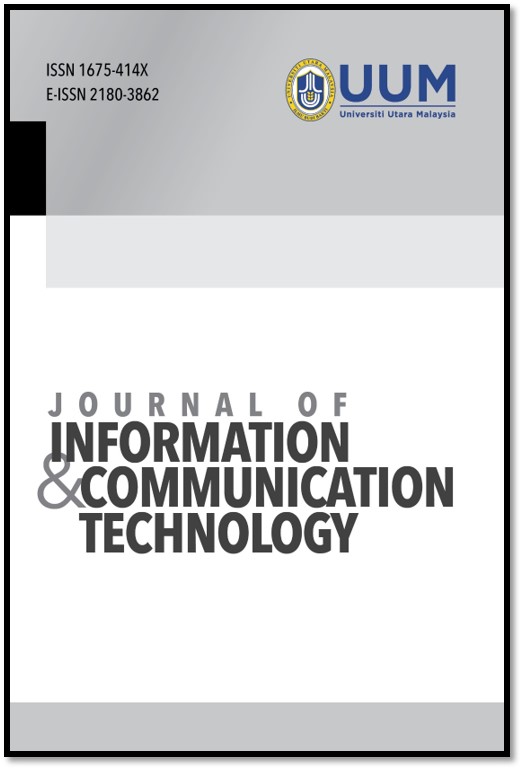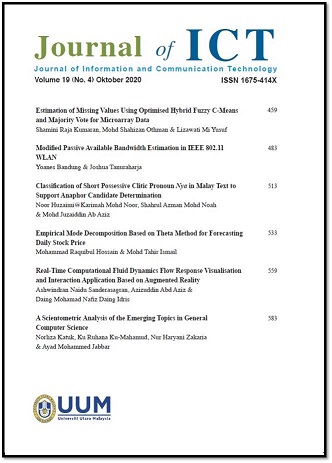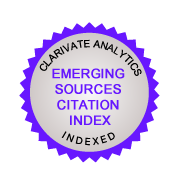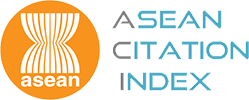Reprocolla: Requirements Prioritisation Model with Collaboration Perspectives Based on Cost-Value Approach
DOI:
https://doi.org/10.32890/jict2024.23.2.3Keywords:
Requirements prioritisation, BOCR, perspectives, FAHP, FTOPSISAbstract
The process of ranking requirements in software development is made up of various criteria and numerous stakeholders, which are properly selected for the effective prioritisation of software requirements. These requirements have encountered several challenges, including lack of scalability, complexity of pairwise comparisons and biases due to the cognitive load on stakeholders. Therefore, this research aimed to investigate and find solutions to improve the software prioritisation process using the Reprocolla model. The model was built by weighing the criteria in terms of benefits, opportunities, costs, and risks (BOCR) classification, which were then calculated using the fuzzy analytic hierarchy process (FAHP) method. Furthermore, the selection of alternatives was computed using the fuzzy technique for order preference using the similarity to an ideal solution (FTOPSIS) method. The success of Reprocolla was evaluated using seven datasets based on real projects and compared with the two existing methods for prioritising requirements, FAHP and FTOPSIS. The experiment results used inferential and descriptive statistics approaches with three indicators: accuracy, time consumption, and ease of use. Based on the three indicators mentioned above, the inferential statistics showed no significant difference between the perspectives of clients and developers. Whereas, descriptive statistics found that Reprocolla is more accurate, consumes less time, and has the highest ease of use percentage. The result showed that as stakeholders’ satisfaction level increases, the software development process becomes more accurate, thereby leading to a decrease in time consumption and a rise in ease of
usage. The result also showed that the development of the Reprocolla tool, a collaboration between humans and machines, enhanced the effectiveness of the requirements prioritisation process.
Metrics
Additional Files
Published
How to Cite
Issue
Section
License
Copyright (c) 2024 Journal of Information and Communication Technology

This work is licensed under a Creative Commons Attribution 4.0 International License.





 2002 - 2020
2002 - 2020


























